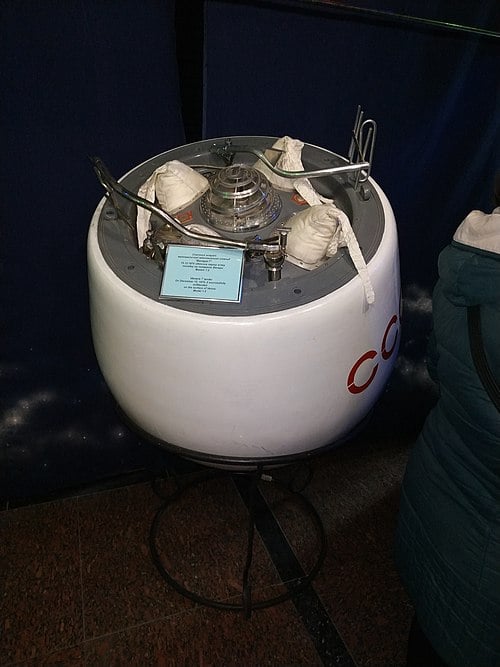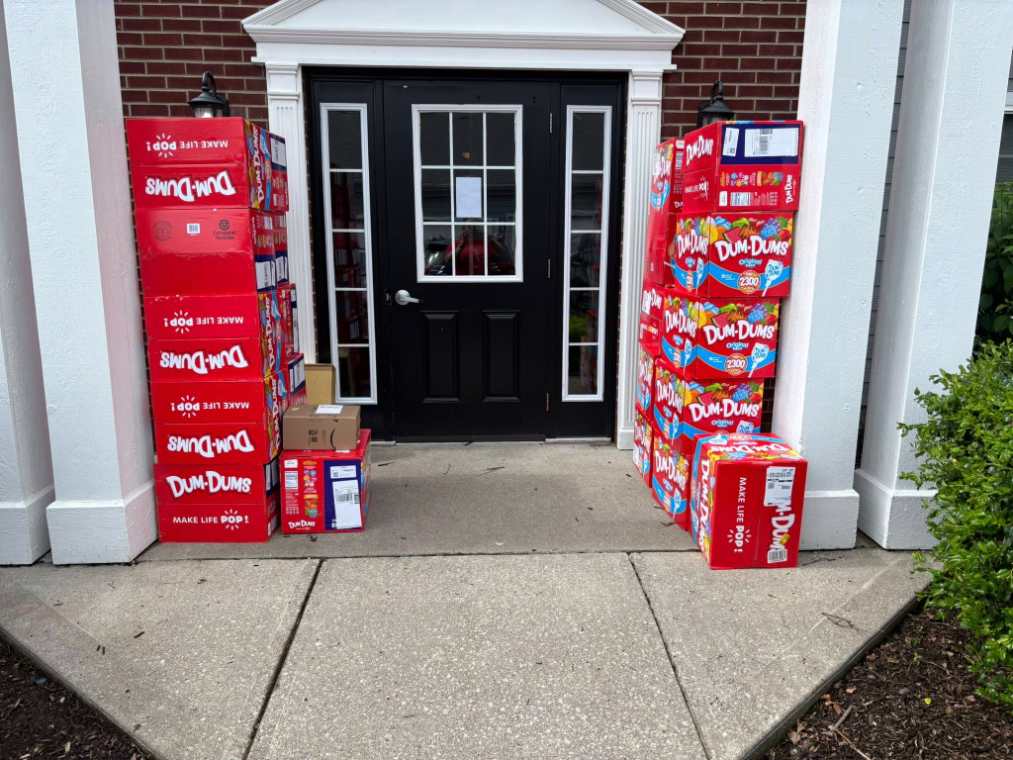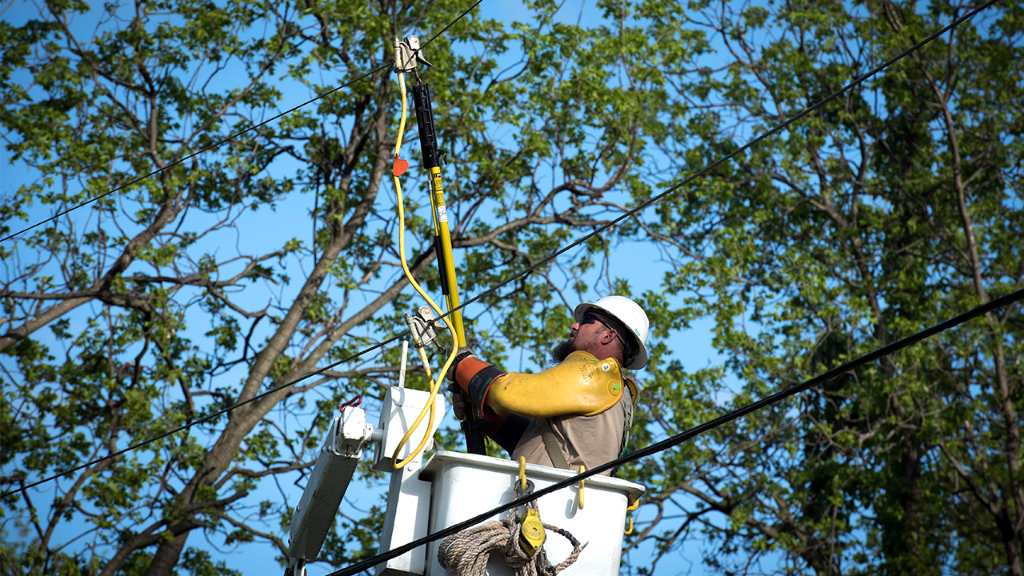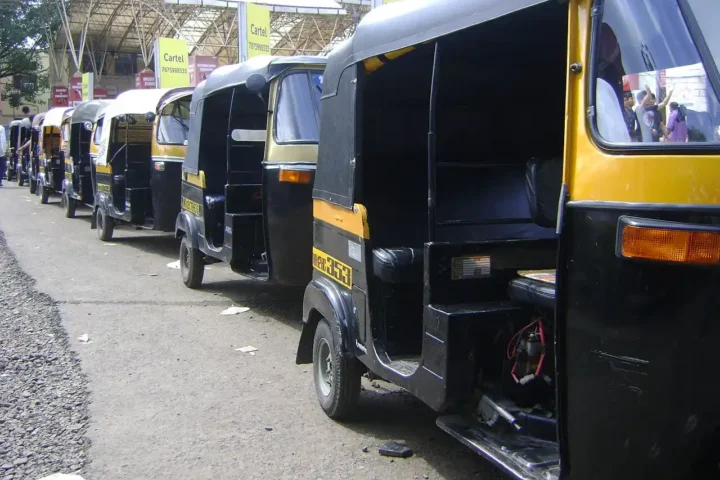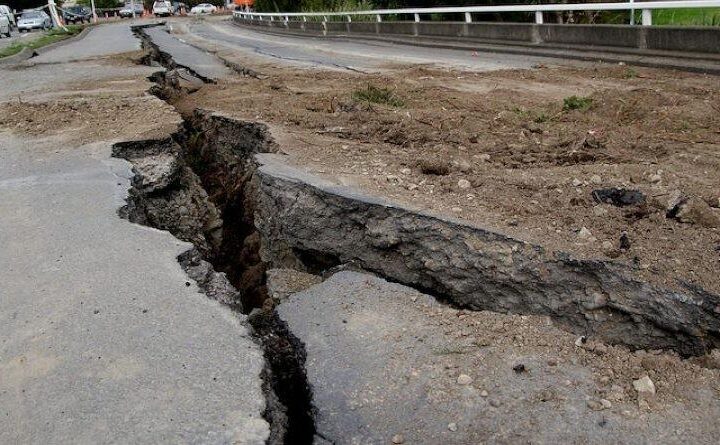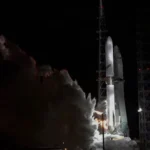A Cold War relic from the early days of planetary exploration is about to make an unplanned homecoming. Kosmos 482 (NORAD 6073) has been stranded in Earth orbit since 1972 and is predicted to reenter our atmosphere between May 9–10, 2025, according to multiple space tracking agencies.
What makes this reentry particularly noteworthy? Unlike typical satellite debris, this spacecraft was specifically engineered to survive the hellish conditions of Venus – making it potentially much more durable during atmospheric descent than standard space junk.
The Accidental Time Capsule
Kosmos 482 began life with grander ambitions. Launched on March 31, 1972, from Baikonur Cosmodrome, it was intended to be part of the Soviet Venera program exploring Venus. However, a malfunction in the third-stage rocket burn left it stranded in a highly elliptical Earth orbit instead of heading toward our neighboring planet.
“Following Soviet convention, failed interplanetary hardware was renamed ‘Cosmos’ for tracking purposes,” explains Jonathan McDowell, an astrophysicist who maintains detailed records of space objects through his Planet4589 database. Officially, the object is catalogued as NORAD 6073.
The spacecraft itself is no lightweight – weighing approximately 495 kg (about 1,090 pounds) and measuring roughly 1 meter in diameter. Its twin mission, Venera 8, successfully landed on Venus on July 22, 1972, and transmitted data for about 50 minutes before succumbing to the planet’s extreme conditions.
Built for Venusian Hell
What distinguishes Kosmos 482 from typical space debris is its extraordinarily robust construction. The descent capsule features an ablative heat shield designed to withstand entry heating up to 11 kW/m² and surface temperatures of 460 °C (860 °F)—far exceeding the thermal resilience of conventional satellites.
This exceptional durability raises the unusual possibility that Kosmos 482 might survive reentry largely intact, rather than completely burning up as most satellites do. While the craft originally included a multi-stage deceleration system with parachutes, experts believe the decades-old batteries and pyrotechnic releases are almost certainly inoperative after 53 years in space.
Tracking the Final Orbit
Multiple space monitoring organizations are carefully tracking Kosmos 482’s final orbits:
“The current forecast window centers on May 10, 2025 (UTC),” notes the European Space Agency’s Space Debris Office blog. Current predictions have a ±16 hour uncertainty range, which will narrow considerably in the final 24 hours before reentry as more radar and optical observations are collected.
The spacecraft’s ground track will fall somewhere between 52° north and 52° south latitude – a band encompassing most of the world’s populated regions including all of Africa and South America, much of North America (down to New York/Washington), Europe (to London/Paris), Asia (to Beijing/Tokyo), and Australia.
However, with approximately 70 % of Earth’s surface in this latitude range covered by oceans, a water landing remains most probable.
Similar Posts:
Risk Reality Check
How concerned should we be? The Aerospace Corporation’s Center for Orbital and Reentry Debris Studies (CORDS) calculates the casualty risk at approximately 0.4 in 10,000 per reentry – below the generally accepted safety threshold of 1 in 10,000.
For perspective, your lifetime odds of being struck by lightning (about 1 in 1,000) are significantly higher than the chance of encountering debris from Kosmos 482.
“The risk is minimal but not zero,” the Aerospace Corporation notes in their tracking report. “While this is an unusual reentry due to the spacecraft’s robust construction, the statistical probability strongly favors an ocean splashdown.”
Legal Considerations
Under the 1967 Outer Space Treaty and 1972 Liability Convention, Russia retains jurisdiction and absolute liability for any damage caused by Kosmos 482, regardless of where it lands or how long it’s been in orbit.
There is precedent for such liability claims. In 1978, the radioactive debris from Cosmos 954 scattered across northern Canada, leading to a US $3 million settlement under these same international agreements.
Environmental Aspects
Recent research from the University of Southampton highlights that satellite reentries deposit metallic oxides—including aluminum, lithium, copper, nickel, and manganese—into the stratosphere, potentially altering aerosol chemistry with effects on the ozone layer and climate.
Kosmos 482’s dense titanium-alloy structure and residual propellants may contribute trace metals and combustion byproducts during its fiery descent.
Citizen Science Opportunity
Space agencies are encouraging the public to report any observations of the reentry. If you happen to be in the right place at the right time, you might witness a spectacular light show as the spacecraft enters the atmosphere.

“Amateur skywatchers with wide-field cameras can capture valuable data on the luminous descent,” notes Marco Langbroek from ESA’s tracking team. These observations help refine our models of how objects break up during reentry.
The Aerospace Corporation and EU Space Surveillance and Tracking have established web forms where witnesses can report sightings to aid scientific reconstruction of the reentry path.
